Executive Summary
What is the decarbonisation of buildings?
For Europe to meet its goal of reducing carbon emissions 55% by 2030 over 1990s levels, decarbonising its buildings will be essential: the region’s built environment currently accounts for 36% of its CO2 emissions. Reducing these emissions will involve adapting, re-purposing and renovating existing buildings, minimising the carbon footprint of new builds and expanding access to green space in urban areas. Done right, this process presents a major opportunity to benefit people throughout Europe, helping to set the region on a just and sustainable track as it recovers from the COVID-19 pandemic.
The full benefits will not be realised automatically, however. Without effective policies and intentional collaboration, there are also real risks that the decarbonisation process could deepen inequalities within and between communities and regions.
This report provides practical recommendations and examples of innovation for policy-makers (at the national and local level) and for investors (at the portfolio and project level), on how to finance an inclusive decarbonisation of Europe’s built environment, in line with existing commitments to human rights and the Sustainable Development Goals.
The report focuses on Europe, given the region-wide momentum underway on decarbonising buildings, reflected in policy initiatives such as the European Green Deal, EU Taxonomy, New European Bauhaus, updates to the Energy Performance of Buildings Directive, and planned inclusion of buildings in the EU Emissions Trading System. Its thematic focus areas and recommendations have applicability/adaptability to other regions, while recognising the importance of taking regional contexts into account.
The report provides background, practical examples, and recommendations in six deeply-interconnected areas:
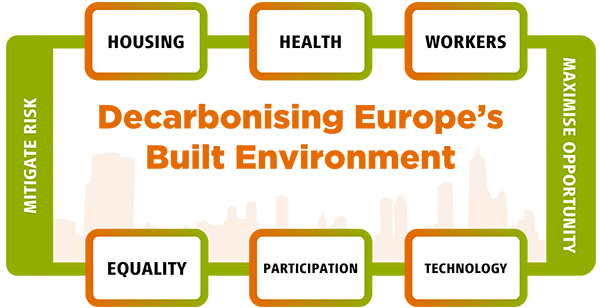
The right to housing
Eighty million people in the European Union (EU) are overburdened by housing costs, and each night approximately 700,000 face homelessness. Meanwhile 22% of the low-income population lives in a dwelling with a leaking roof, rot, or damp walls, floors or foundation. Renovation of existing buildings targeted at improving their energy and carbon performance and the construction of high-performing new green buildings present the opportunity to improve housing quality – but they also entail the risk of further pushing up housing prices.
Necessary measures include: local and national governments implementing strong legal frameworks to protect the right to adequate housing; leadership and innovation by developers who factor affordable housing into their business models; responsible investment by private finance; and the expansion of community-based models such as community land trusts.
The right to physical and mental health
The built environment has always played an instrumental role in people’s physical and mental health, and the COVID-19 pandemic has further accentuated this. The decarbonisation of buildings can be harnessed to improve health outcomes across age groups, genders, and socio-economic backgrounds. At city-level, it can drive improvements in air quality, physical and mental health, and aim to address socio-spatial disparities in health risks. At project level, design can be harnessed to improve indoor air quality, comfort, access to nature and natural light, and the use of non-toxic construction materials.
Workers’ rights
Construction is Europe’s main industrial employer, employing approximately 15 million workers directly, and many more indirectly. However, cost pressures and industry fragmentation mean that workers – particularly migrant workers – are vulnerable to safety hazards, long hours, wage theft and other abuses. Green construction can bring improvements in working conditions, but only if accompanied by transformation of industry practices, supported by investors. At the same time, renovation strategies and the development of circular construction practices present opportunities both to create new jobs, including for those who traditionally face barriers to employment, and to localise supply chains.
Equality and non-discrimination
Private investment in green buildings gravitates towards wealthy urban centres, which can risk further deepening inequality within and between geographic regions. Through a combination of ground-up renovation strategies in partnership with social housing and community organisations, to top-down approaches that help channel finance into peripheral areas, including those transitioning from fossil fuels and heavy manufacturing, the benefits of green building strategies can be more equally distributed.
The right to participation
Active engagement and consultation of all citizens both in policy-making and in specific built environment projects can ensure decarbonisation investments are aligned with communities’ needs and are sustainable over the long-term, while reducing the risk of opposition. Examples range from national-level online citizen consultation on climate mitigation policy, to participatory budgeting initiatives at city-wide and neighbourhood levels, to co-creation on specific projects.
Technology and human rights
Climate action in the built environment is increasingly driven or supported by technological innovation: the EU is prioritising a “green and digital” transition, and multiple cities are adopting “smart-city” approaches that maximise the role of technology. The expansion of technology must come hand-in-hand with respect for the rights to privacy and data protection, and technological solutions should be designed and deployed with all end-users/beneficiaries in mind.
Key factors for success
The examples cited throughout the report show that the decarbonisation of Europe’s built environment can be effective and fair in multiple ways. Maximising this potential will involve key factors of success being in place, including:
- national and local governments protecting human rights, and harnessing their role as change-agent, through regulation, fiscal policy, procurement and enabling innovation
- strong, effective collaboration between public actors and private finance
- shifts in financial models towards longer-term sustainable returns over short-term maximisation of profits
- effective engagement and co-creation with communities and workers
- and in the context of individual buildings and projects, project owners’ and investors’ commitment to avoiding harm and maximising social outcomes from the outset.


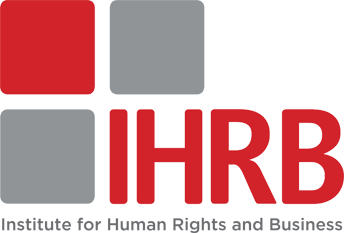





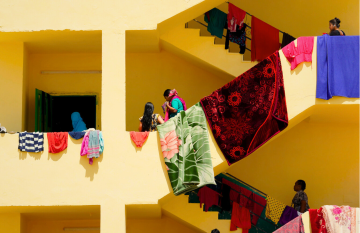
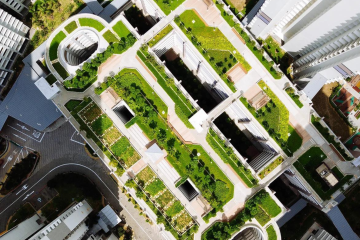
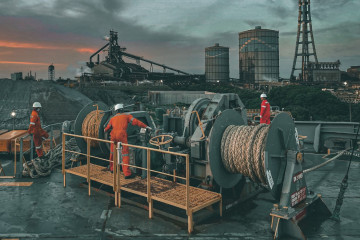
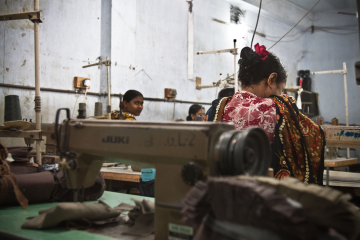

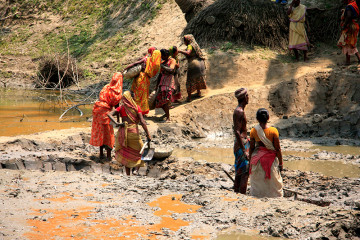
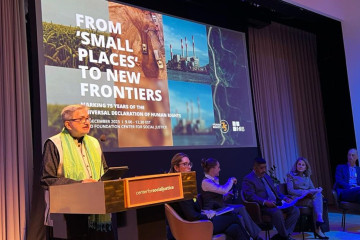
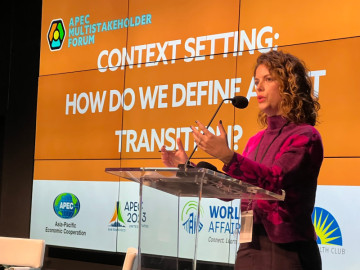
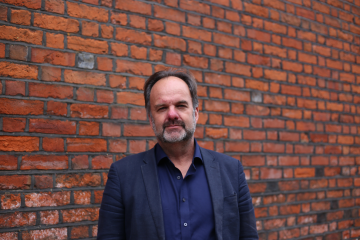
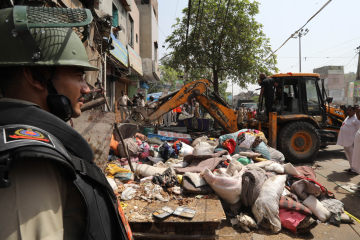



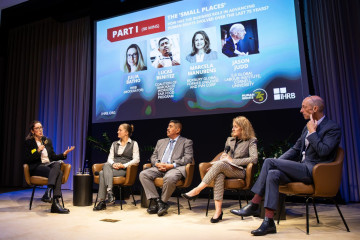

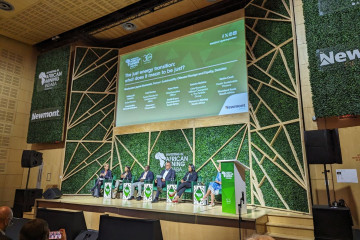
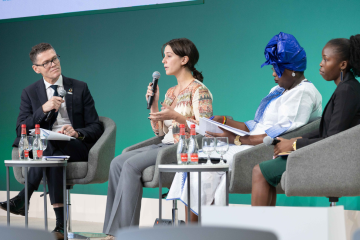

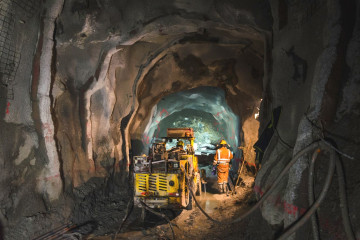
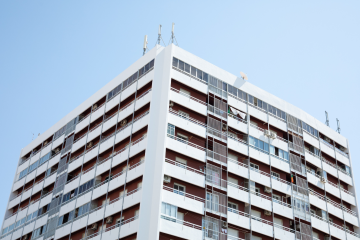



How should businesses respond to an age of conflict and uncertainty?
As 2024 began, European Commission President Ursula von der Leyen aptly summed up our deeply worrying collective moment. As she put it, speaking at the annual World Economic Forum in Switzerland, we are moving through “an era of conflict and...
26 March 2024 | Commentary
Commentary by Scott Jerbi, Senior Advisor, Policy & Outreach, IHRB